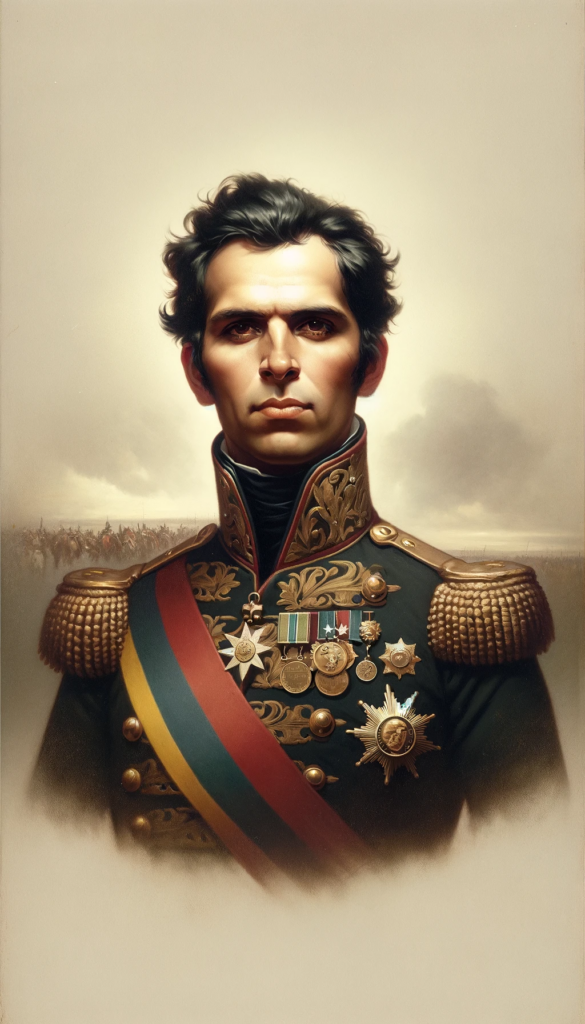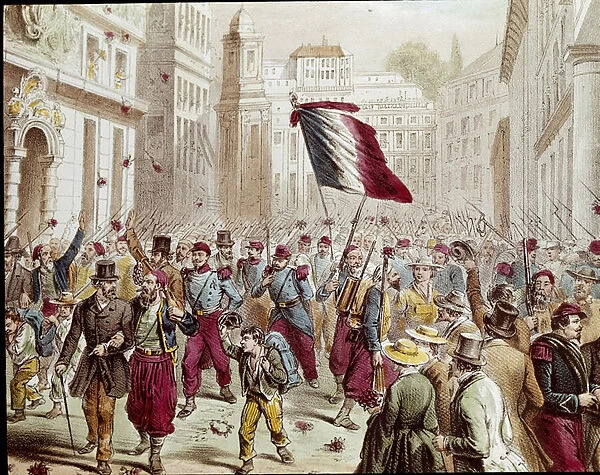

Click on ⬇ in the link below the link and guess the countries of South America
The South American revolutions were a series of uprisings that took place during the early 19th century, resulting in the independence of most South American countries from Spanish and Portuguese colonial rule.
REVOLUTIONARY TIME

Simón Bolívar (Venezuela)
- Main Contributions: Known as “El Libertador,” Simón Bolívar was instrumental in the liberation of several South American countries from Spanish rule. He led military campaigns that resulted in the independence of Venezuela, Colombia (part of Gran Colombia), Ecuador, Peru, and Bolivia. Bolívar also envisioned and promoted the idea of a united Latin America.
National Heroes
José de San Martín (Argentina)
- Main Contributions: José de San Martín is one of the principal liberators of South America from Spanish colonial rule. His notable military campaigns include the crossing of the Andes to liberate Chile and his leadership in the fight for Peru’s independence. He is also credited with the initial liberation of Argentina from Spanish authority.
Miguel Hidalgo y Costilla (Mexico)
- Main Contributions: Often referred to as the “Father of Mexican Independence,” Miguel Hidalgo y Costilla initiated the Mexican War of Independence with his famous “Grito de Dolores” (“Cry of Dolores”). His call to arms in 1810 sparked a revolutionary movement that aimed at ending Spanish colonial rule in Mexico.
José María Morelos (Mexico)
- Main Contributions: José María Morelos took up the leadership of the Mexican independence movement after the execution of Miguel Hidalgo. Morelos was a brilliant strategist and played a key role in defining the political and social aims of the revolution, which he outlined in the “Sentimientos de la Nación.”

Project Based Learning
Revolutionary Campaign Map
Objective: Students will create a campaign map that tracks the military
and political movements in one of the key campaigns of the South
American revolutions.
- Large poster boards or digital mapping tools.
- Markers, colored pencils, and access to online research resources.
Instructions:
- Group Formation: Assign each group a specific campaign from the South American revolutions, such as Bolívar’s Admirable Campaign or San Martín’s Crossing of the Andes.
- Research: Groups research the chosen campaign, noting key battles, routes, strategies, and outcomes.
- Map Creation: Using their findings, each group creates a detailed map on their poster board or digital tool, highlighting the route taken, battles, and any alliances formed.
- Presentation: Groups present their campaign maps to the class, explaining the strategy, key events, and historical significance of the campaign.
Outcome: This activity enables students to understand the strategic and geographic challenges faced during the revolutionary campaigns.
